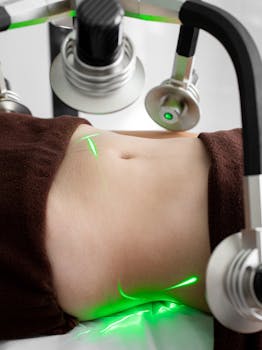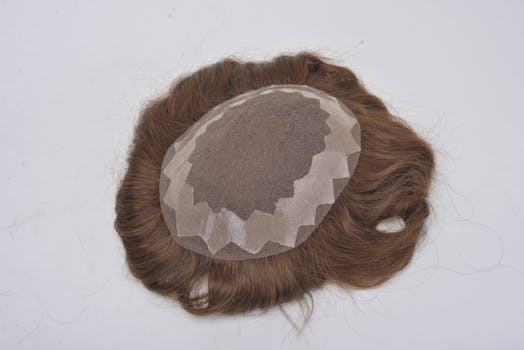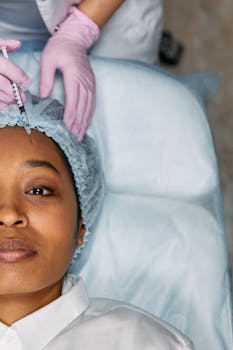Deciding whether to undergo a breast operation: Pros, Cons, and Results can feel overwhelming. This introductory guide breaks down typical motivations, what to expect from the procedure itself, recovery, and realistic outcomes so you can weigh the benefits against the risks with clearer information.
Breast surgery: benefits and drawbacks
People choose breast procedures for many reasons — cosmetic enhancement, reconstruction after mastectomy, correction of asymmetry, or relief from physical discomfort. A surgical breast procedure can improve self-confidence and, in reconstructive cases, restore body image after cancer treatment. However, it’s important to understand both the positives and the possible complications before making a decision.
Common types of procedures
Understanding the type of intervention helps set expectations for results and recovery time:
- Augmentation (implants or fat grafting)
- Reduction (removal of excess tissue for comfort)
- Mastopexy (breast lift to address sagging)
- Reconstruction (post-mastectomy reconstruction)
- Revision surgeries (to correct or update previous procedures)
Pros: What people gain
Benefits vary by individual and procedure type, but common positive outcomes include:
- Improved body proportion and silhouette
- Reduced pain or physical symptoms (in reduction cases)
- Restored breast contour after cancer surgery
- Enhanced clothing fit and confidence
Cons and risks to consider
No surgery is without risk. Possible downsides include infection, scarring, implant complications (capsular contracture, rupture), changes in nipple sensation, and the need for future revisional surgeries. Recovery periods can range from a few weeks of limited activity to several months for full healing and settling of the final shape. If you have underlying health issues, those can increase complication risks.
What results really look like
Realistic results depend on anatomy, the chosen procedure, and surgeon skill. Immediate post-op appearance will change over time as swelling subsides and tissues settle. In reconstructive work, staged procedures may be necessary to achieve the desired contour. Surgeons typically provide before-and-after photos and can discuss typical timelines for visible changes and when final results are expected.
Preparing for surgery and recovery
Preparation reduces complications and supports better outcomes. Preoperative steps often include medical evaluations, stopping certain medications, quitting smoking, and arranging help at home during the early recovery period. Postoperative care may include wound care, activity restrictions, and follow-up visits to monitor healing.
Skin care during recovery can help scars mature and skin regain elasticity; you might consider gentle, sustainable products as part of your routine. For guidance on environmentally friendly skin-care choices that can support healthy skin while being gentle on the planet, see this overview of eco-friendly skincare and sustainable practices: eco-friendly skincare, sustainable products, and practices for healthy skin.
Questions to ask your surgeon
- What are the realistic outcomes for my body type and goals?
- Can you show before-and-after photos of similar cases?
- What are the specific risks and how are complications managed?
- What will recovery look like day-by-day and month-by-month?
Reliable information can help you make an informed choice; for authoritative public-health context on breast health, consult trusted sources such as the CDC’s breast health information for patients and clinicians: CDC breast cancer basic information.
Practical considerations and long-term care
Cost, time off work, and the potential for future procedures are practical realities. Implants may require replacement after several years; natural-aging changes or weight fluctuations can alter results over time. Regular check-ups and appropriate imaging when recommended help monitor breast health. If you undergo reconstructive work after cancer, coordinate closely with your oncology and surgical teams to align timing and follow-up care.
Short bulleted summary
- Benefits: aesthetic improvement, symptom relief, restoration after cancer
- Risks: infection, scarring, implant-related issues, need for revisions
- Recovery: variable — plan for weeks to months and follow surgeon advice
FAQ
Q: How long until I see final results?
A: Initial changes are visible within weeks, but final contour and scar maturation usually take several months to a year, depending on the procedure and healing.
Q: Will I lose nipple sensation?
A: Some procedures can cause temporary or permanent changes in sensation. Risk varies by technique and individual anatomy; discuss likelihood with your surgeon.
Q: Is a breast operation safe for everyone?
A: Not everyone is an ideal candidate. Medical conditions, smoking, and uncontrolled chronic diseases can increase risks. A thorough evaluation with a qualified surgeon determines suitability.
Ultimately, choosing a breast operation is a personal decision that benefits from clear expectations, careful surgeon selection, and a realistic awareness of both the potential gains and the possible complications. Discuss goals openly with your care team so you can plan a path that aligns with your health and lifestyle.






